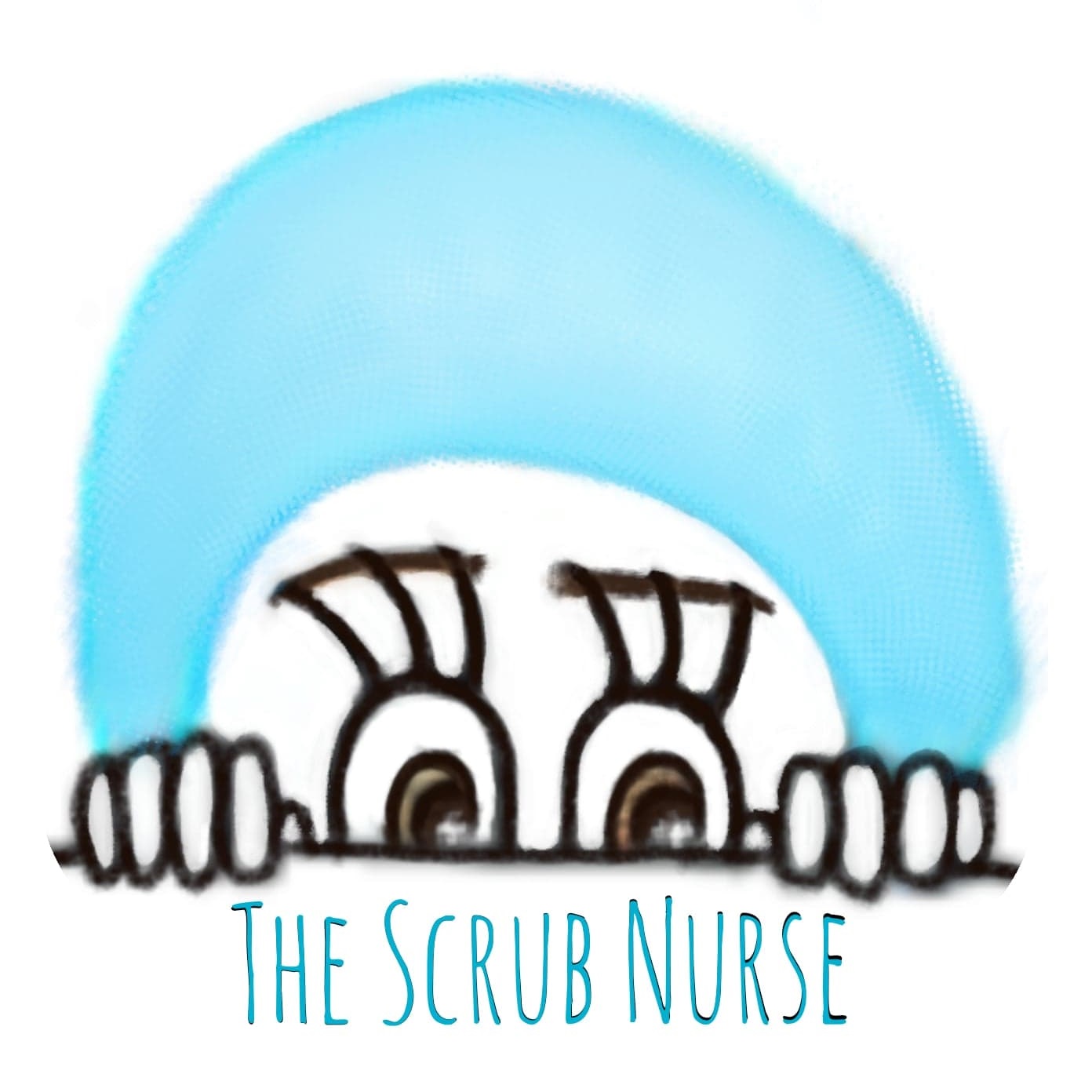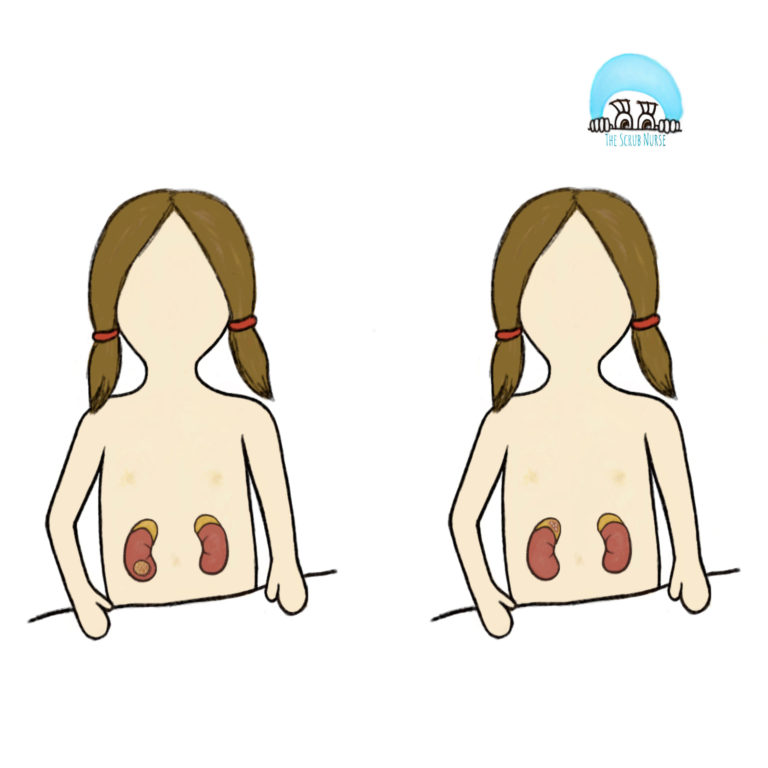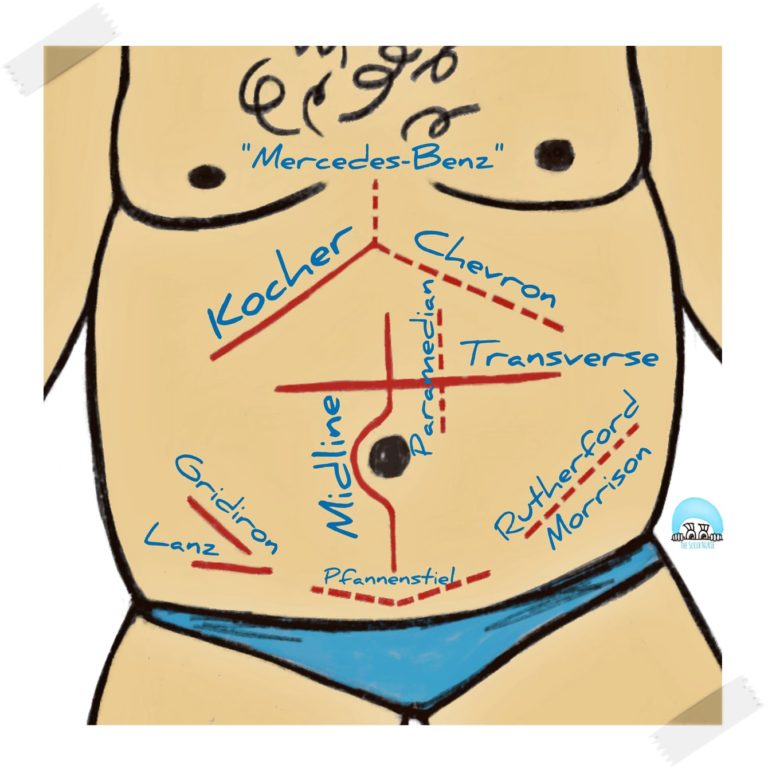🇬🇧 English version
🇵🇹 Versão Portuguesa aqui
Gastroschisis and Omphalocele are congenital defects of the abdominal wall that are surgically treated in a very similar way.
What are the differences between these 2 conditions?
Gastroschisis – the muscles of the abdominal wall failed to close. The baby is born with the intestines outside of their body, by exiting through a hole beside the belly button (usually on the right side). Very rarely, other organs may also be out, such as stomach and liver. In gastroschisis, the herniated organs are not covered by a protective sac. For that reason, those organs are prone to irritation due to the contact with the amniotic fluid during the pregnancy.
The specific cause of this condition remains unknown, however there are some factors that are thought to increase the risk of having a baby with gastroschisis: women under the age of 20; preganant women who take vasoconstrictive drugs and smoking.
Most affected babies suffer from intrauterine growth retardation and are small at birth, being frequently born prematurely. But unlike in omphalocele, patients with gastroschisis rarely have other birth defects and/or genetic conditions.

Omphalocele (same as Exomphalos) – condition in which the herniated organs exit through the umbilical cord and are covered by a protective sac.
This condition is caused by an error in the formation of the digestive tract. Over the 6th to 10th weeks of fetal development, the formation of the abdominal cavity is characterised by the normal herniation of the intestines into the umbilical cord, which they recede back into the abdomen as the development continues. However, when that does not happen and the intestines remain in the umbilical cord, the Omphalocele occurs. Other abdominal organs, such as stomach and liver, can also protrude through this opening.
Fetuses with omphalocele usually present multiple birth defects, that associated with intrauterine growth retardation can lead to premature birth. Those birth defects are:
- congenital heart defect;
- respiratory insufficiency (it might occur an underdevelopment of the lungs because when the abdominal organs are misplaced, a normal framework for chest wall growth is not provided, therefore the chest wall does not form properly, and the space for the lungs to develop is smaller than normal);
- GI problems such as gastroesophageal reflux.
Additionally, omphalocele is a characteristic of many genetic syndromes:
– Nearly 1/2 patients have a trisomy;
– Approximately 1/3 of patients suffer from Beckwith-Wiedemann syndrome.

The incidence:
Abdominal wall defects are uncommon, and gastroschisis is more common than Omphalocele:
- Gastroschisis affects approximately 2 to 6 in 10.000 newborns; and the incidence is increasing;
- Omphalocele affects approximately 2 to 2.5 in 10.000 newborns; and the incidence has remaining constant.
The Treatment – Surgery
For both conditions, surgery is needed to repair the defects, in which the goal is to place the organs back into the abdominal cavity and fix the defect. This might be done as a primary repair or as a staged repair.
If Gastrochisis: right after birth, the herniated intestine is protected with a special bag or a plastic wrap; and the surgery is performed in the same day of birth, if possible (urgent).
- The primary approach is indicated in patients with a small amount of herniated intestine and when the bowel is not very swollen.
- A staged repair is performed when:
- the baby is not stable enough for primary repair;
- the intestine is very swollen
- the amount of herniated intestine is very large
- the abdomen is not large enough to contain all of the intestine.
If Omphalocele: right after birth, the sac with the herniated organs is protected by covering it with a sterile dressing; and the surgery is performed when the baby is fit for surgery (non-urgent).
- The primary approach is indicated for small omphaloceles.
- A staged repair is performed when:
- the baby is not stable enough for primary repair;
- the omphalocele is very large and the organs can not fit into the abdomen.
Primary repair – is performed after the baby is born and the surgical team fixes the defect with one surgical procedure. The surgical steps are the following:
- Baby undergoes GA;
- The surgeon makes an incision to remove the sac around the organs (only applicable in omphaloceles)
- The surgeon examines intestines closely for signs of damage or birth defects. Unhealthy parts are removed and healthy edges are anastomosed;
- The intestines and other herniated organs are placed back into the abdominal cavity;
- The abdominal wall defect is repaired and closed.
Staged repair – the repair is done in stages, therefore more than one surgical procedure is needed. This approach follows the steps below:
- Right after birth, a plastic pouch or a mesh is used to contain the herniated organs (gastroschisis) or the sac (omphalocele). The covering used in this process is called “silo”;
- One end of the silo is attached to the abdomen and the other end is hunged above the baby, allowing the gravity to help the bowel going back into the abdomen;
- The silo is tightened progressively, either by sequencial tucks (traditional approach with a mesh) or using the preformed plastic pouch, pushing the intestine into the abdomen;
- It may take up to 2 weeks for all of the intestine and other organs to be back inside the abdomen;
- The silo is then removed and the abdominal wall defect is repaired.


Summary – Gastroschisis vs Omphalocele:

References:
cdc.gov – Facts about Gastroschisis
cdc.gov – Facts about Omphalocele
Genetics Home Reference – Abdominal wall defect
Medlineplus – Gastroschisis repair
Medlineplus – Omphalocele repair
chop.edu – Omphalocele
pediatric.surgery.ucsf.edu – Gastroschisis
Best Practice BMJ – Omphalocele and Gastroschisis
msdmanuals.com – Defeitos da parede abdominal (onfalocele e gastrosquise)



Pingback: Gastrosquise vs Onfalocele (exonfalia) – The Scrub Nurse